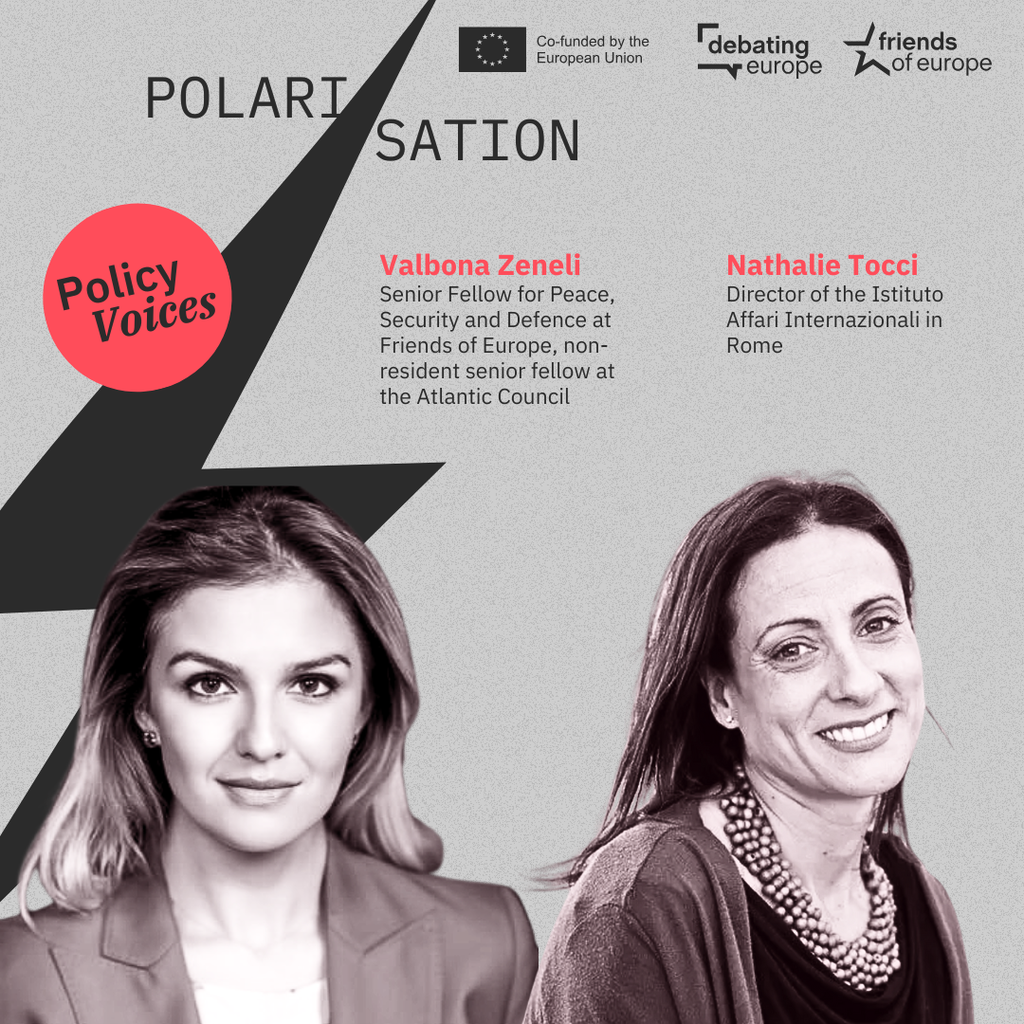From ambition to action: building Europe’s Defence Union
Past event In person

- Area of Expertise
- Peace, Security & Defence
The United Nations Security Council adopted the landmark resolution SCR1325 on ‘Women, Peace and Security’ to uphold women’s rights in conflict and their roles in peace and security in 2000. Since then, six additional UN Security Council resolutions on the same question have helped to develop a policy framework which is being implemented in more than 50 countries through their national action plans.
While this is good news, it is not enough. More is needed on the international, regional, national and local level to highlight the key role of women as advocates for peace and security. This is especially crucial given ongoing conflicts and violence in many parts of the world and current geopolitical volatility and turbulence.
This factsheet looks at the importance of including women in international peace and security negotiations, the role of women in peace efforts undertaken by civil society and local community networks and different ways in which women are linked to the fight against extremism. The information contained in this publication is by no means exhaustive. We have relied on data from a range of sources, including UN Women, the World Resource Institute (WRI), the Organisation for Security and Cooperation in Europe (OSCE) and the World Economic Forum.
This publication is linked to our event on “Women, peace and security” in March 2018, focusing on the benefits of including women in national in international peace and security negotiations; the need for increased female participation in the security sector and the role women play in combating radicalisation.
Past event In person

Next event In person & Livestreamed

Past event Online

Past event Online





Stay informed
We use cookies and similar technologies to adjust your preferences, analyze traffic and measure the effectiveness of our campaigns. Learn more about our privacy policy.